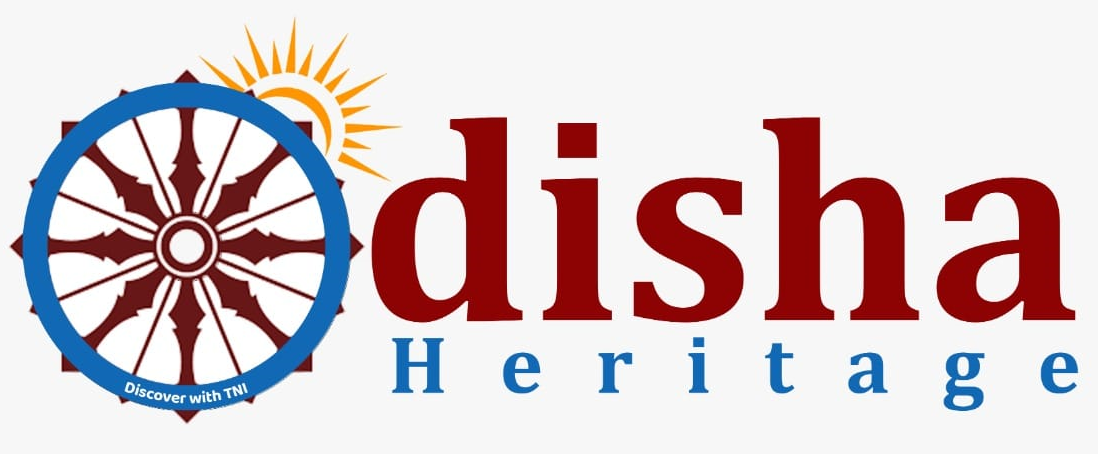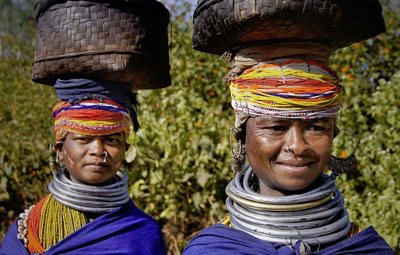Lied in the remote forested hills of Odisha’s Malkangiri quarter, Bondaghati is home to the Bonda lineage, one of the 13 particularly vulnerable tribal groups( PVTGs) in the state. Some 12,321 Bonda people lived in 32 hilltop townlets, as per the 2011 Census. Malkangiri is among the 100 most underdeveloped and poverty- stricken sections of India. The Bonda people belong to the Austro- Asiatic ethnical group and are believed to be a part of the first surge of migration out of Africa, 60,000 times agone
Their lives interwoven with the timber land they inhabit, for generations the lineage has sustained itself by cultivating traditional crops, collecting minor timber yield and brewing indigenous liquor. But in the once many times, climate change has irrevocably affected their subsistence living. Heavy downfall wetlands down the rich clod from the pitches. The arrival of ultramodern ways of husbandry has told their traditional husbandry practices– from millet- centered mixed cropping systems, the Bonda growers have shifted to paddy, which has affected the vacuity of their staple food.
Bonda women, still, are addressing these issues by returning to civilization of native millet kinds– ragi, foxtail( kakum or kangni), barnyard( sanwa), proso( chena) and plum( bajra) millets– which are climate- favoured and insure the community’s food and nutritive security. The mindfulness created by Bonda youth and non-governmental organisations( NGOs) about cultivating millets through bettered husbandry ways to meet nutritive and climatic challenges, and the institutional motivation given by the Odisha Millets Mission– similar as assured purchase and advanced prices– is steadily yielding results.
Odisha has recorded a 215 increase in gross value of millet produced per planter ménage from Rs 3,957 in 2016- 17 to Rs 12,486 in 2018- 19, according to a 2020 NITI Aayog study. In the same period, area under millet civilization has increased from 2,949 hectares to 5,182 hectares and the yield rate has increased by 120, the study showed. In 2015- 16, every alternate child under the age of five in Malkangiri was light, according to the fourth National Family Health Survey. The quarter also ranked third in the country among 100 sections having the loftiest frequence of malnutrition among children under the age of five.
Odisha’s child mortality rate( the number of deaths per 1,000 live births of children under one time of age) is 41, whereas Malkangiri’s is 50– far advanced than India’s IMR of 32, revealed a Right to Information( RTI) report.
The part of Odisha Millet Mission In 2017, Odisha’s Department of Agriculture and Farmers commission launched a five times’ flagship programme in ethnical areas to promote homes’ consumption of millets, ameliorate productivity of millet crops, insure minimal support price( MSP) for growers, set up decentralised processing installations; and include millets in the state nutrition programme and the public distribution system( PDS). The model was launched in seven sections and latterly gauged up to 14. The impact is visible Odisha has seen, as we said, a 215 increase in gross value of millet produced per planter ménage between 2017- 18 and 2018- 19 and 120 increase in yield rate between 2016- 17 and 2017- 18, according to a NITI Aayog study.
The millet charge has strengthened MSP and assured government procurement for PDS and Integrated Child Development Service( ICDS) to encourage civilization of millets. During 2020- 21, the state government has increased the OMM backing from Rs65.54 crore to Rs536.98 crore, of which Rs223.92 crore is for design perpetration and Rs313.06 crore is for procurement and distribution of ragi in PDS and ICDS.

